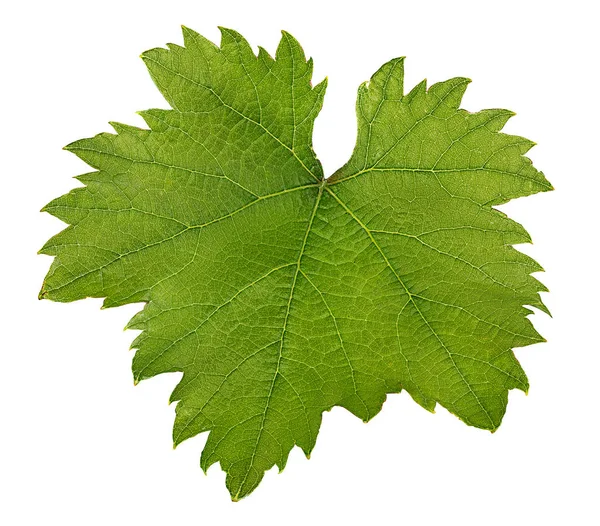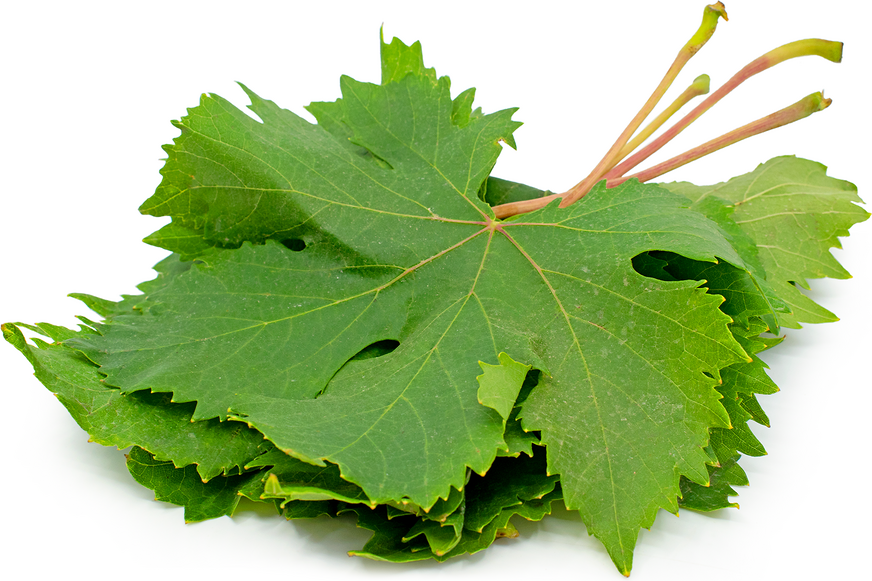
"Synergy in a medicinal plant: antimicrobial action of berberine potentiated by 5'-methoxyhydnocarpin, a multidrug pump inhibitor".

"Berberis aquifolium, in Jepson Flora Project (eds.)". Oregon State University: College of Agricultural Sciences - Department of Horticulture. ^ "Landscape Plants: Mahonia aquifolium".^ a b RHS A-Z encyclopedia of garden plants.In 1899, Oregon-grape was recognized as the state flower of Oregon. The plant contains berberine and reportedly has antimicrobial properties similar to those of goldenseal. Some Indigenous peoples of the Northwest Plateau use Oregon grape for indigestion. The berries contain a dye that can be purple, blue, pink, or green depending on the pH of water used to make the dye, due to the berries containing a naturally occurring pH indicator. The inner bark of the larger stems and roots of Oregon grape yield a yellow dye. Oregon-grape juice can be fermented to make wine, similar to European barberry wine folk traditions, although it requires an unusually high amount of sugar.

Today, they are sometimes used to make jelly, alone or mixed with salal. They were included in small quantities in the traditional diets of Pacific Northwest indigenous peoples, mixed with salal or another sweeter fruit. The small purplish-black fruits, which are quite tart and contain large seeds, are edible raw after the season's first frosts. Numerous cultivars and hybrids have been developed, of which the following have gained the Royal Horticultural Society's Award of Garden Merit: It is resistant to summer drought, tolerates poor soils, and does not create excessive leaf litter. It is valued for its striking foliage and flowers, which often appear before those of other shrubs. Mahonia aquifolium is a popular subject in shady or woodland plantings. aquifolium has been classified as an invasive exotic species that may displace native vegetation.

In some areas outside its native range, M. However, in this case it was only achieved by intentional inoculation in a lab, and it remains unknown whether this occurs naturally. tritici (the primary host of Pst being wheat). The yellow flowers are pollinated by Bombus species, amongst other insects.Īs with some Berberis, × Mahoberberis, and other Mahoniae spp., M. aquifolium can serve as an alternate host for Puccinia striiformis f. Mahonia aquifolium is a native plant in the North American West from Southeast Alaska to Northern California, and eastern Alberta to central New Mexico, often occurring in the understory of Douglas-fir forests (although other forest types contain the species) and in brushlands in the Cascades, Rockies, and northern Sierra Nevada. Mahonia aquifolium is not closely related to either the true holly ( Ilex aquifolium) or the true grape ( Vitis). The Latin specific epithet aquifolium denotes "sharp-leafed" (as in Ilex aquifolium, the common holly), referring to the spiny foliage. The Oregon-grape is not related to true grapes, but gets its common name from the purple clusters of berries whose color and slightly dusted appearance are reminiscent of grapes. Some authors place Mahonia in the barberry genus, Berberis. Mahonia aquifolium contains 5'-methoxyhydnocarpin (5'-MHC), a multidrug resistance pump inhibitor, which works to decrease bacterial resistance in vitro. Ĭlose-up of berries in Simferopol, Crimea The spherical berries are dark dusty-blue and tart in taste.

At the base of the flower are three greenish-yellow bracts, less than half as long as the sepals. The six yellow petals are enclosed by six yellow sepals. Each of the six stamens, terminates in two spreading branches. The yellow flowers are borne in dense clusters 3–6 cm ( 1 + 1⁄ 4– 2 + 1⁄ 4 in) long in late spring. The leathery leaves resemble those of holly. The leaves are pinnate and up to 30 centimetres (12 inches) long, comprising spiny leaflets. The stems and twigs have a thickened, corky appearance. Mahonia aquifolium grows to 1–3 metres ( 3 + 1⁄ 2–10 feet) tall by 1.5 m (5 ft) wide. The berries are included in the diet of some aboriginal peoples of the Pacific Northwest, and the species is recognized as the state flower of Oregon. It is an evergreen shrub growing 1–3 meters (3–10 feet) tall and 1.5 m (5 ft) wide, with pinnate leaves consisting of spiny leaflets, and dense clusters of yellow flowers in early spring, followed by dark bluish-black berries. Mahonia aquifolium, the Oregon grape or holly-leaved barberry, is a species of flowering plant in the family Berberidaceae, native to western North America.


 0 kommentar(er)
0 kommentar(er)
